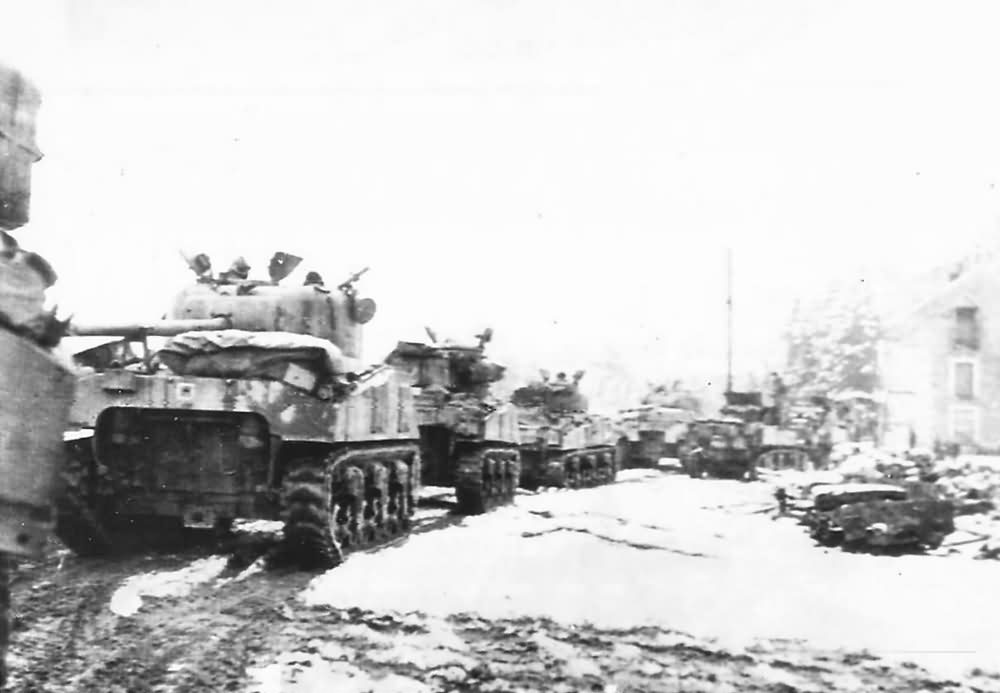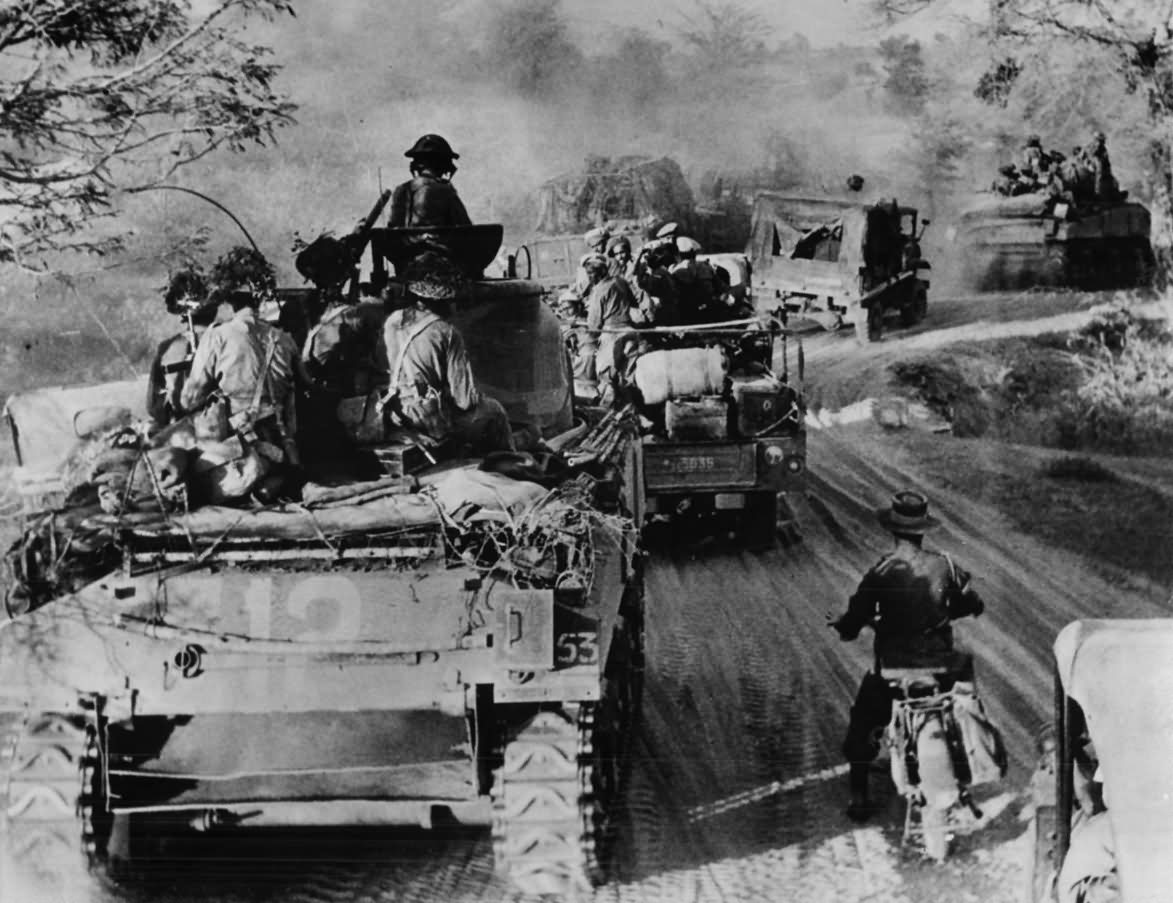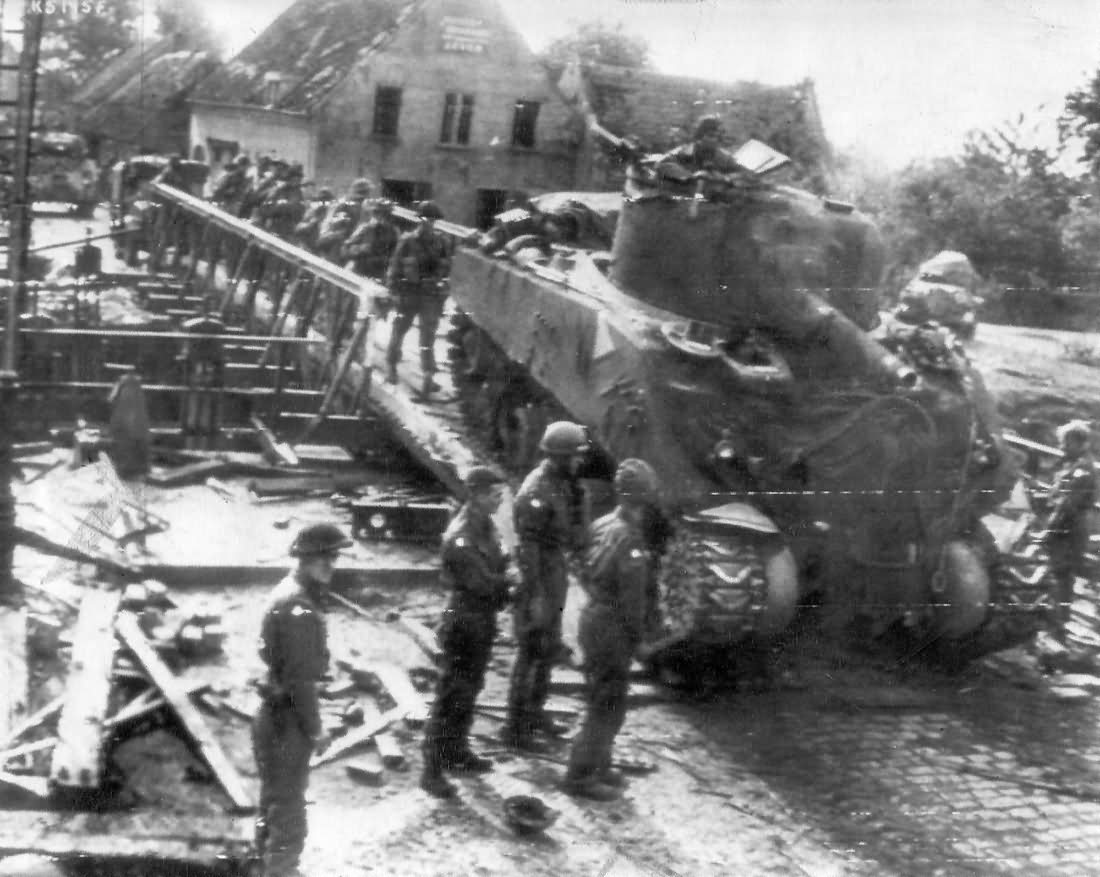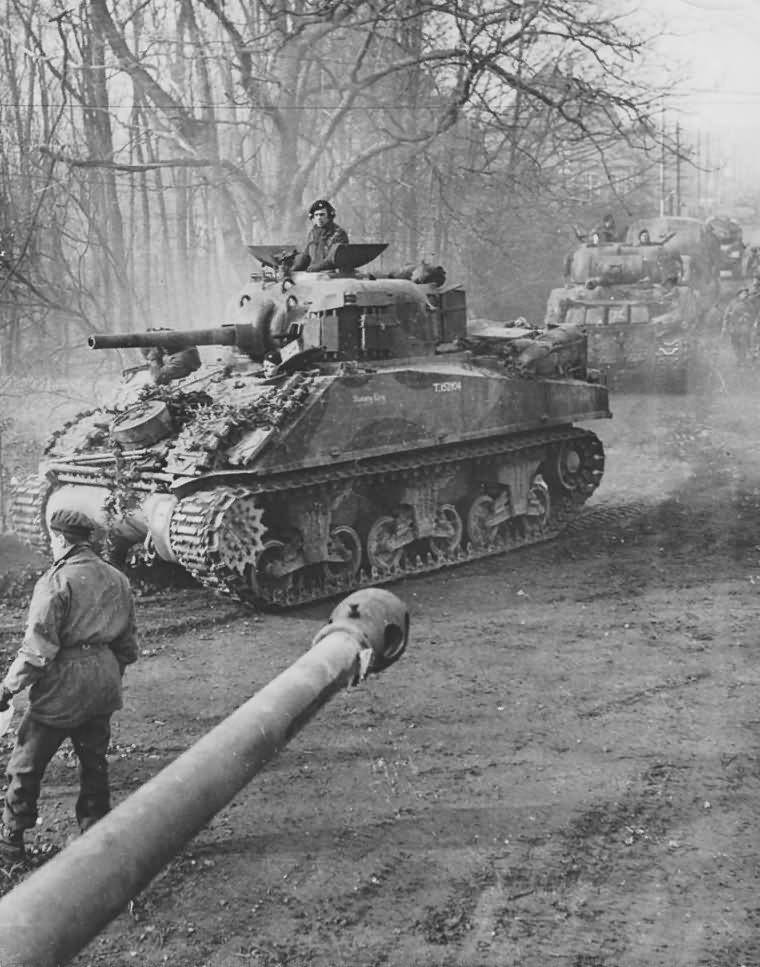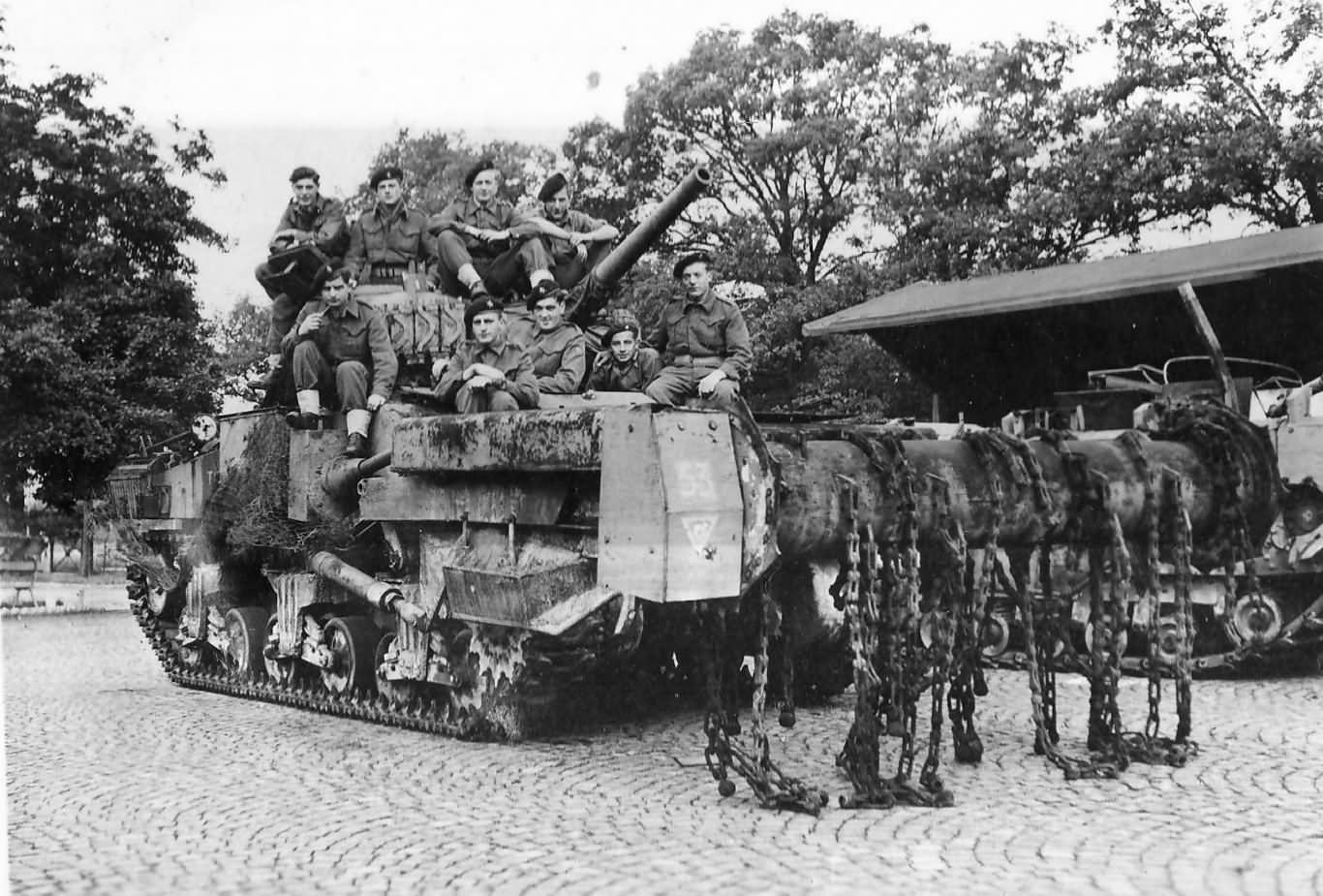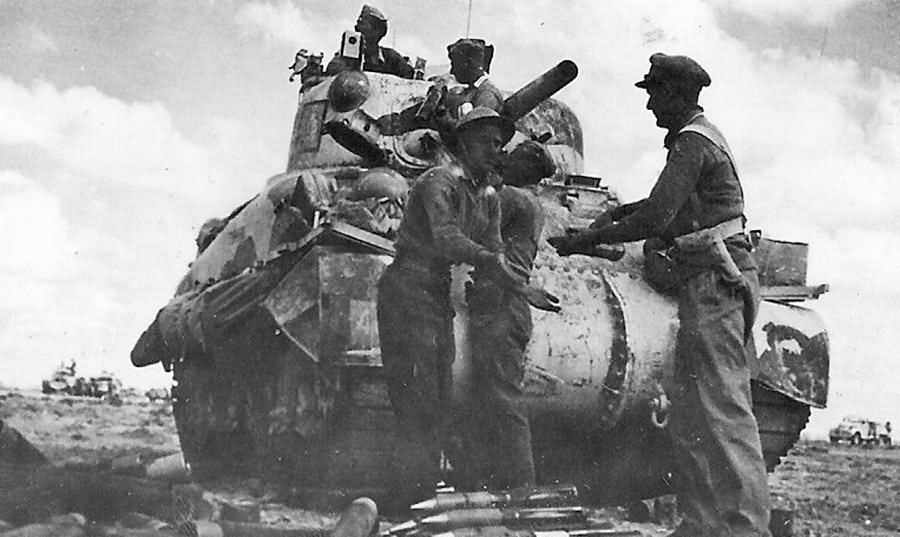Shermans Of the United Kingdom: Or, Let’s Confuse People Even More With An Odd Designation Systems!
The British took the Lee and Sherman into combat for the first time and they offered a lot of input into both tanks design. They even had a specific version of the Lee never used by US troops the M3A5 Grant. The Sherman and Lee tanks saved their bacon at El Alamein. As we saw in an earlier section of this document, the US produced a lot of Sherman tanks, and the British received more than 17,000 Shermans. It would become the backbone of their tank force and remain so until the end of the war. The British had a unique way of using tanks and preferred to send them into battle without direct infantry support. This coupled with their tendency to stuff every nook and cranny of the tank with ammo resulting in much higher Sherman losses than the US Army did.

They came up with their own naming system for the tank:
The M4 was named the Sherman I in Commonwealth use, if it had a 105mm gun it was an Ib if it also had HVSS it was an Iby. The British received 2096 75mm Sherman Is, and an additional 593 105 armed Ib tanks, or M4 105 tanks. These numbers are not broken down further into submodels, so all the Ic Firefly tanks produced came from 2096 they received, and this number would include the composite hulls too. This version was the preferred US Army version, and many of the ones the Brits received came as replacements stripped from US Tank Divisions before the battle of El Alamein. They became much rarer because the US sent M4A2 and M4A4s as replacements.
The M4A1 was named the Sherman II and in most cases just that. It wasn’t until late in the war the Brits took some M4A1s with 76mm guns, and those they gave to the poles or other commonwealth allies. An M4A1 76 would be called a Sherman IIa, or an IIay for an M4A1 76 HVSS tank. These M4A1 76 HVSS tanks made it to depots in Europe during or just after the war ended, but none saw combat. The M4A1 was also the US Army’s preferred version because it was basically the same tank as the M4, and the Brits only received 942 75mm M4A1 Shermans. Something I found a bit of a surprise, the British received more M4A1 76 w tanks than 75mm tanks, 1330 total.
M4A2 was named the Sherman III and this was their second most common Sherman type. They received 5041 M4A2 75mm Sherman IIIs, far more than the Soviets got. They also received 5, M4A2 76 W or Sherman IIIa tanks as well, yes, that’s not a typo, five tanks. I wonder if the M4A2 76 HVSS or Sherman IIIaytank used in Fury was one of them?
M4A3 was named the Sherman IV in British use, but they only received 7 seventy five millimeter tanks and no 76mm tanks of this type. This became the US Army’s preferred model, and once they got it in numbers, they probably started sending more M4 and M4A1s to the Brits after this tank became common.
M4A4 was named the Sherman V in British use, and was by far the most common British Sherman; they received 7167 M4A4s, or Sherman Vs, almost the whole production run. Chrysler really went to bat for this version of the tank and sent tech reps to Europe with the tanks to help manage the complicated, but less trouble than anyone could have expected, motors. There were no subtypes of the Sherman IV other than the Firefly since it was never produced with a 76mm gun or HVSS suspension. The Sherman Vc was the most common version of the 17 pounder Shermans, and a wide variety was probably converted to fireflies, and many of the A4s they got later in the war had been through a remanufacturing process, that made sure the tanks had turrets updated with all the late improvements, and all the hull upgrades like armored ammo racks and raised arm rollers and improved skids, along with a travel lock, on the front plate, for the gun.

♠♠♠
The British had their own set of modifications for the Sherman that they received through LL. They added sand skirts, racks for jerry cans, and an armored box on the back of the turret in some cases. They installed their own radios as well, the British wireless set no 19, and this went into the armored box in the back of the turret on Firefly’s, or just replaced the US radios in their normal location in regular models. Legend has it they installed some sort of stove to cook tea. The only Sherman Mk I and Mk IIs they got was because Churchill practically begged Roosevelt for more Shermans just before El Alamein.
As the war progressed, the US Army put a priority on the M4 and M4A1; the British had to settle for M4A2 and the M4A4. Then when the Russians refused to take any Shermans but M4A2s, the Brits really had to rely on M4A4s. From what I’ve read they didn’t want the nightmare that everyone feared the A57 Multibank motor to be, in service it proved to be reliable enough, and more so than its British counterparts. The M4A4 was by far the most common Sherman type, and the Brits like them enough they took a batch of refurbished M4A4 and would have taken more if production hadn’t been stopped.
This presented a problem for the British, they did not like the M1A1 gun, and the T23 would not take the 17-pounder without major modifications to the gun or turret. The US did end production of 75mm tanks and when stocks of 75mm gun tanks ran low, they were forced to take M4A1 76 tanks these tanks would be designated Sherman IIB. The British sent most of the IIBs to their forces in the MTO or gave them to the Poles.
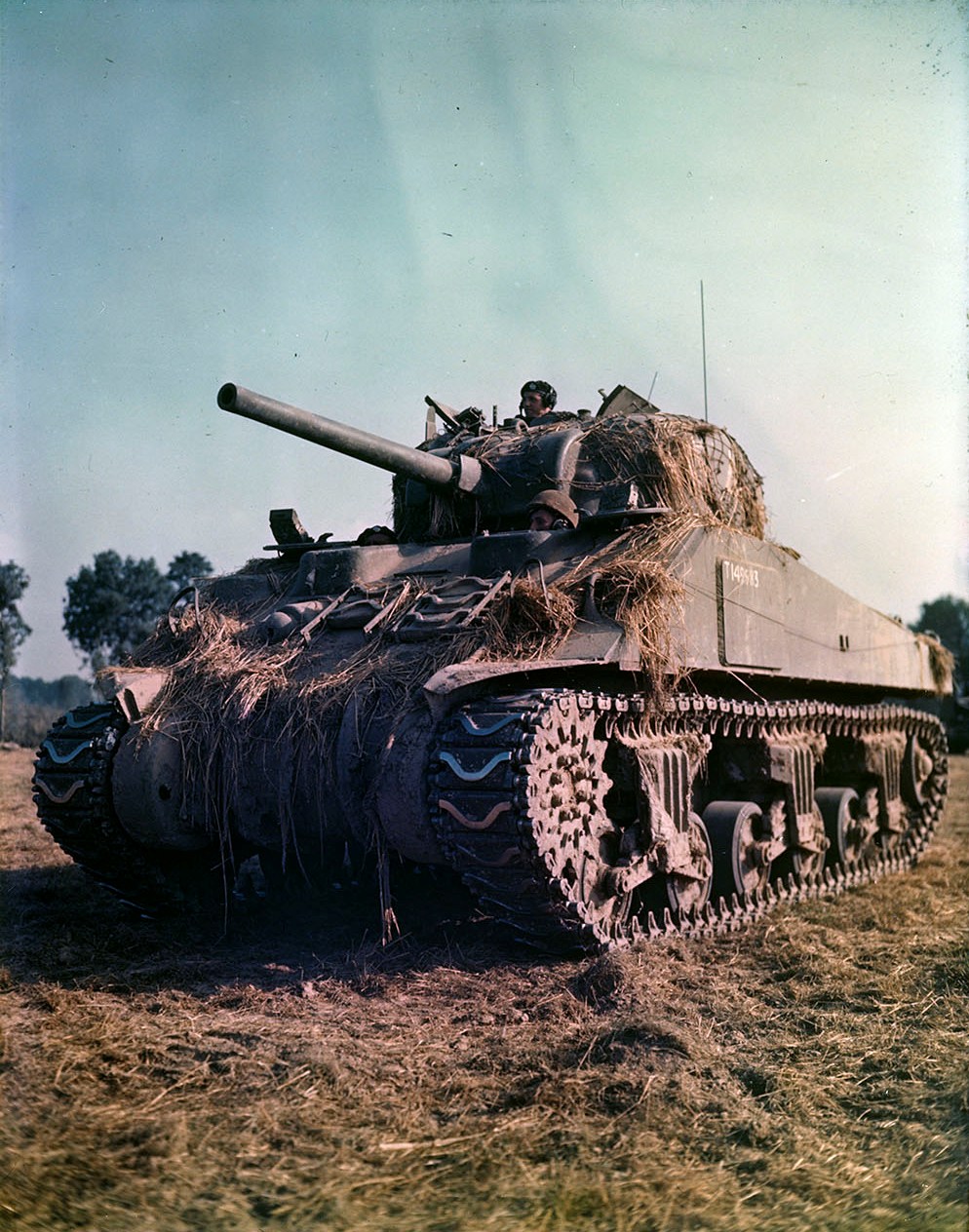
Sources: Armored Thunderbolt by Zaloga, Sherman by Hunnicutt, The Sherman Tank in British Service 1942-45 by John Sanders



